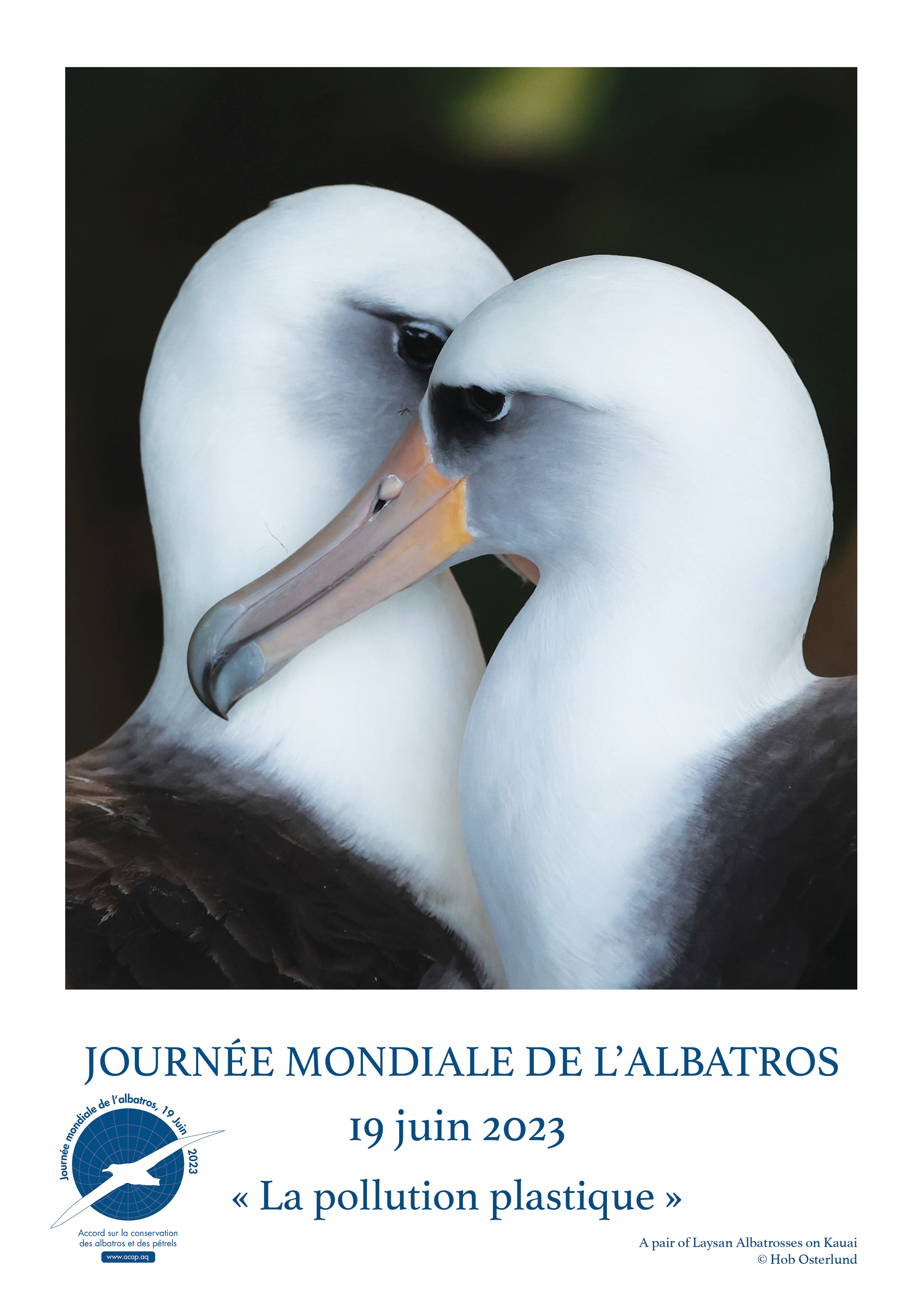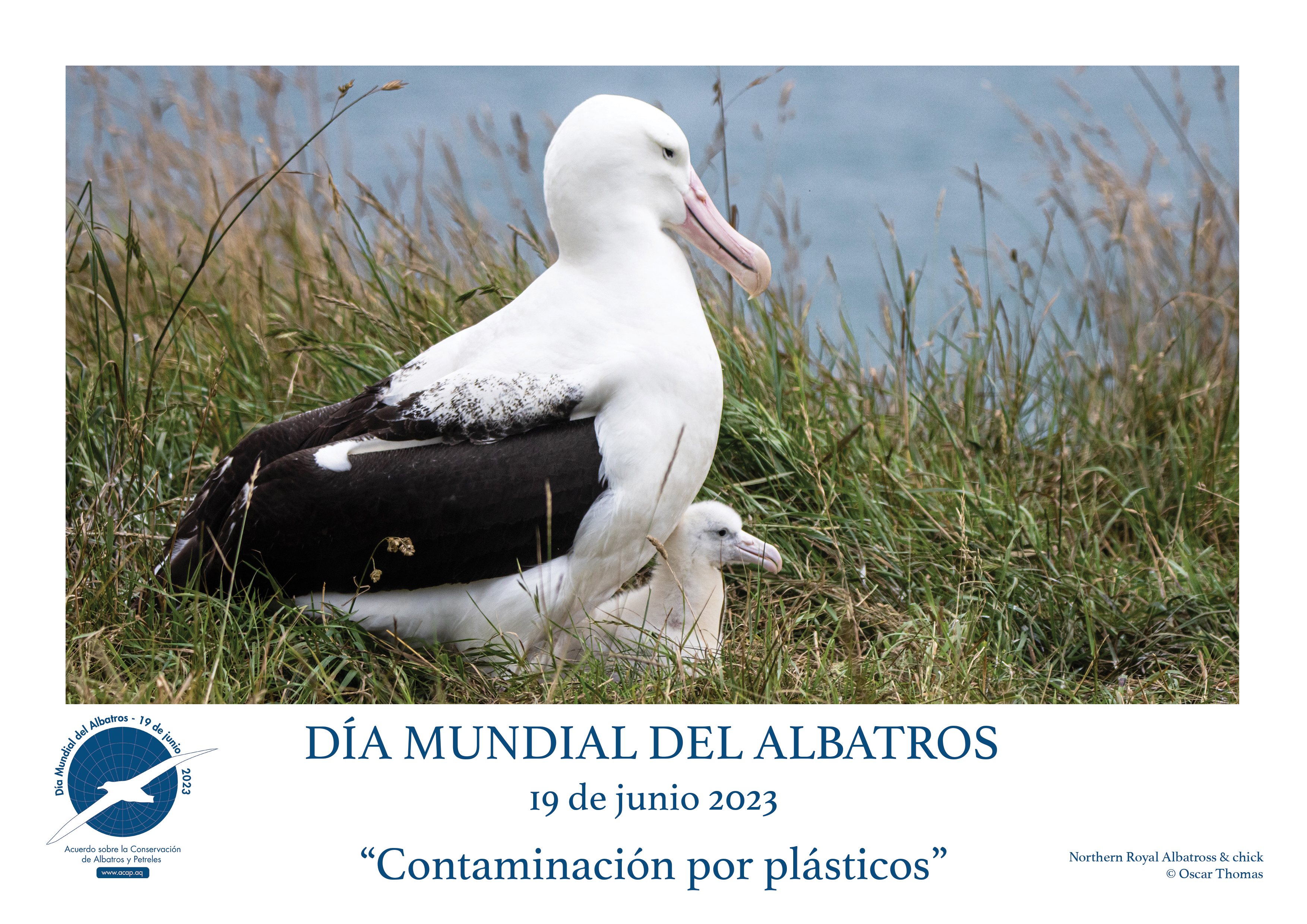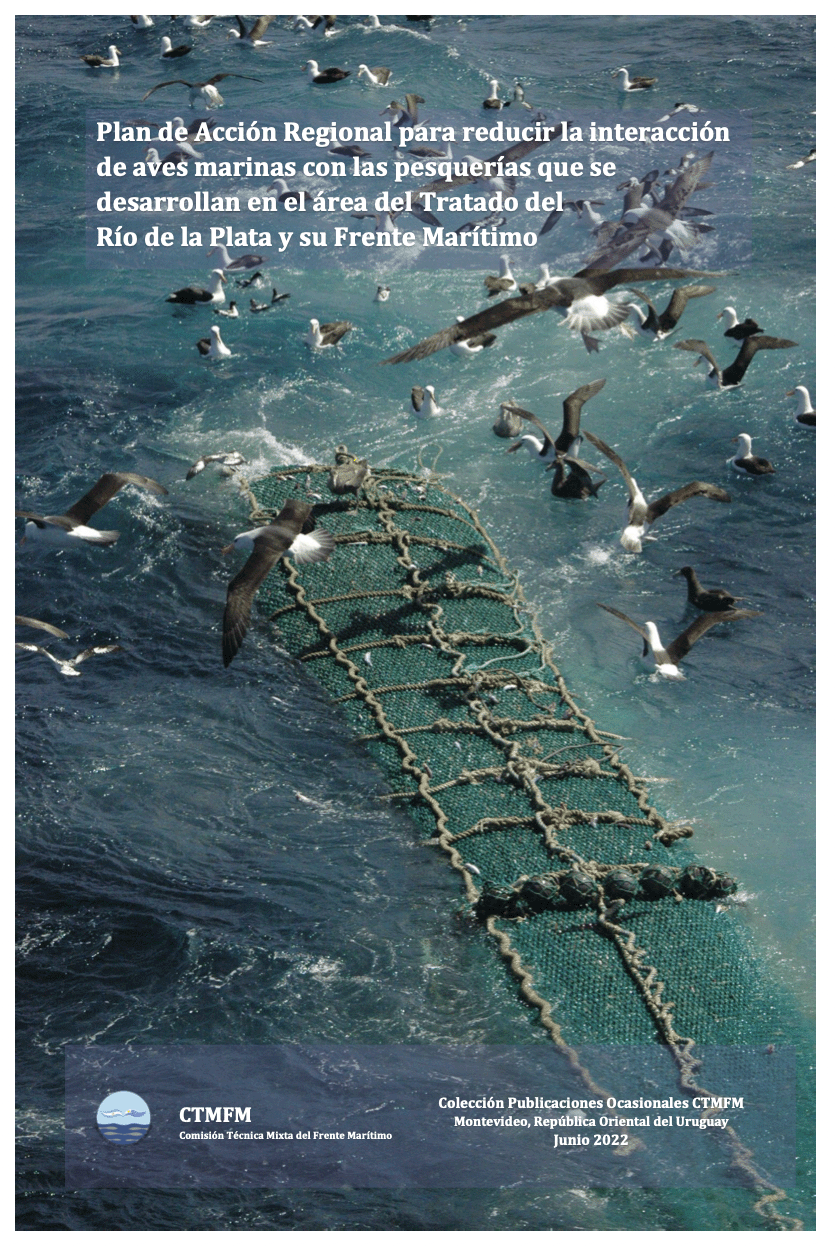 The Regional Action Plan-Seabirds has been approved by the Joint Technical Commission for the Maritime Front (JTCMF) with the aim of reducing seabird mortality through fishing operations. ACAP Parties Argentina and Uruguay are joint Members of the JTCMF.
The Regional Action Plan-Seabirds has been approved by the Joint Technical Commission for the Maritime Front (JTCMF) with the aim of reducing seabird mortality through fishing operations. ACAP Parties Argentina and Uruguay are joint Members of the JTCMF.
The Joint Technical Commission for the Maritime Front (JTCMF) has approved a plan, known as the Regional Action Plan-Seabirds, to reduce the interaction of seabirds with fisheries in common waters of Argentina and Uruguay. The plan was developed by a group of experts convened by the JTCMF in December 2019 and reviewed at a Seabird Workshop held at the National Institute for Fisheries Research and Development (INIDEP) in April 2022.
The Regional Action Plan-Seabirds aims to identify good fishing practices and mitigation measures to reduce the incidental mortality of seabirds attending these fisheries. The plan was developed by specialists from different Uruguayan and Argentine organizations, including the National Directorate of Aquatic Resources (DINARA), the National Institute for Fisheries Research and Development, the Ministry of Environment and Sustainable Development, Aves Argentinas, the Institute of Marine and Coastal Research, the National Council for Scientific and Technical Research (CONICET), the Undersecretary of Fisheries and Aquaculture, the Ministry of Environment and Sustainable Development, and the National University of Mar del Plata.
The main goal of the plan is to preserve biological diversity and ensure the conservation of seabird species that inhabit the Argentine-Uruguayan Common Fishing Zone and adjacent waters. The plan also aims to deepen the knowledge about devices and operations that allow the mitigation of different negative impacts of the interaction of these species with fisheries under an ecosystem approach management.
Resolution 44/22 of the JTCMF is the culmination of this process and sets out the plan's implementation. The resolution underscores the importance of promoting education, training, and dissemination of the issues related to reducing the interaction of seabirds with fisheries.
The plan's implementation will be a significant step towards preserving the marine ecosystem and the seabird species in the region.
The Regional Action Plan-Seabirds is available (in Spanish) here, https://ctmfm.org/wp-content/uploads/2022/07/par-am_ctmfm_web-2022-final-165730576769.pdf
En español:
La Comisión Técnica Mixta del Frente Marítimo (CTMFM) aprobó un plan, conocido como Plan de Acción Regional-Aves Marinas, para reducir la interacción de las aves marinas con las pesquerías en aguas comunes de Argentina y Uruguay. El plan fue desarrollado por un grupo de expertos convocado por la CTMFM en diciembre de 2019 y revisado en un Taller de Aves Marinas realizado en el Instituto Nacional de Investigación y Desarrollo Pesquero (INIDEP) en abril de 2022.
El Plan de Acción Regional-Aves Marinas tiene como objetivo identificar buenas prácticas de pesca y medidas de mitigación para reducir la mortalidad incidental de aves marinas asociadas a estas pesquerías. El plan fue desarrollado por especialistas de diferentes organismos uruguayos y argentinos, entre ellos la Dirección Nacional de Recursos Acuáticos (DINARA), el Instituto Nacional de Investigación y Desarrollo Pesquero, el Ministerio de Ambiente y Desarrollo Sustentable, Aves Argentinas, el Instituto de Investigaciones Marinas y Costeros, el Consejo Nacional de Investigaciones Científicas y Técnicas (CONICET), la Subsecretaría de Pesca y Acuicultura, el Ministerio de Ambiente y Desarrollo Sostenible y la Universidad Nacional de Mar del Plata.
El objetivo principal del plan es preservar la diversidad biológica y asegurar la conservación de las especies de aves marinas que habitan en la Zona Común de Pesca Argentino-Uruguaya y aguas adyacentes. El plan también pretende profundizar en el conocimiento sobre dispositivos y operaciones que permitan mitigar diferentes impactos negativos de la interacción de estas especies con las pesquerías bajo una gestión con enfoque ecosistémico.
La Resolución 44/22 de la CTMFM es la culminación de este proceso y establece la implementación del plan. La resolución destaca la importancia de promover la educación, capacitación y difusión de los temas relacionados con la reducción de la interacción de las aves marinas con las pesquerías.
La implementación del plan será un paso significativo hacia la preservación del ecosistema marino y las especies de aves marinas en la región.
El Plan de Acción Regional-Aves Marinas está disponible (en español) aquí, https://ctmfm.org/wp-content/uploads/2022/07/par-am_ctmfm_web-2022-final-165730576769.pdf
12 April 2023

 English
English  Français
Français  Español
Español 
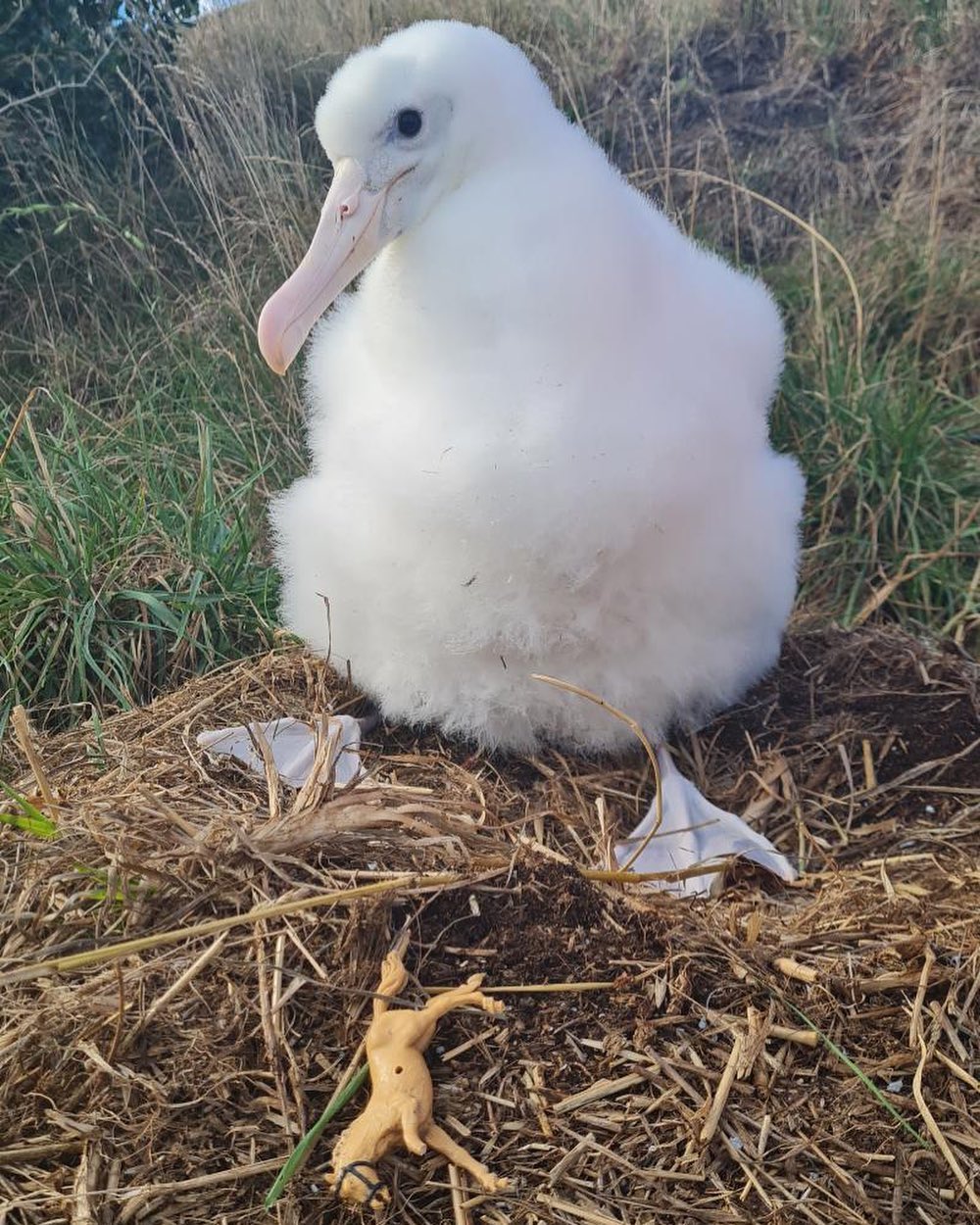
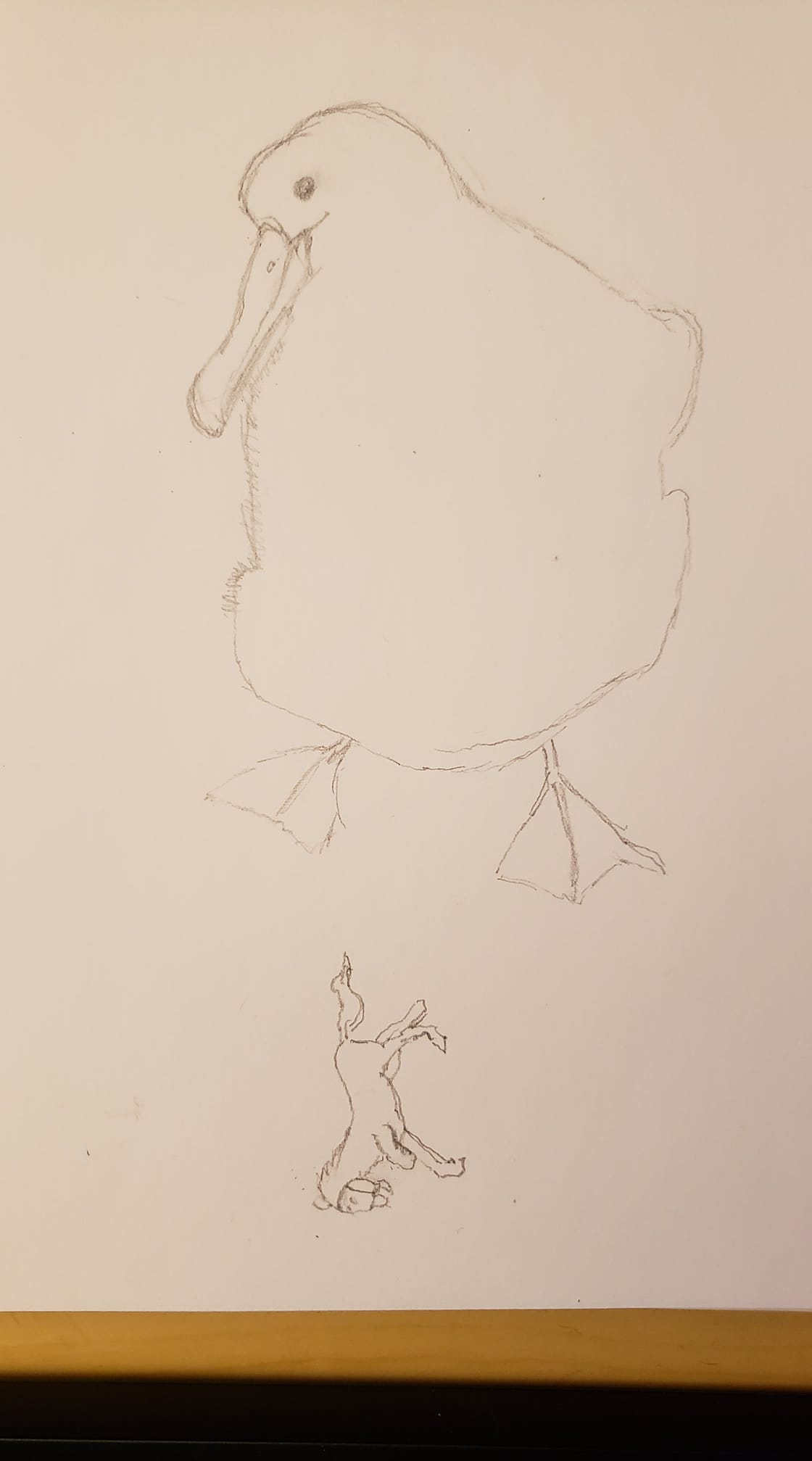 We do not often get to see a work in progress. Holly Parsons’ "Trojan Horse" started as a pencil sketch
We do not often get to see a work in progress. Holly Parsons’ "Trojan Horse" started as a pencil sketch

